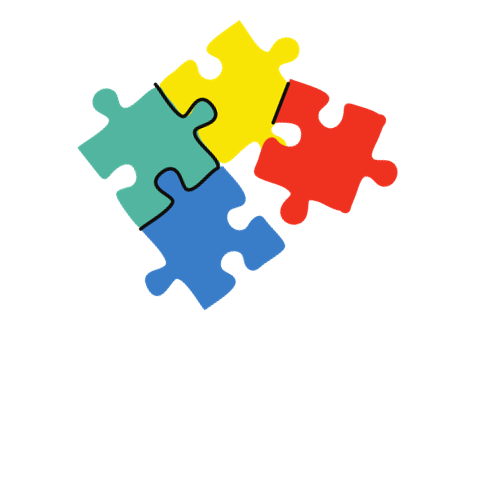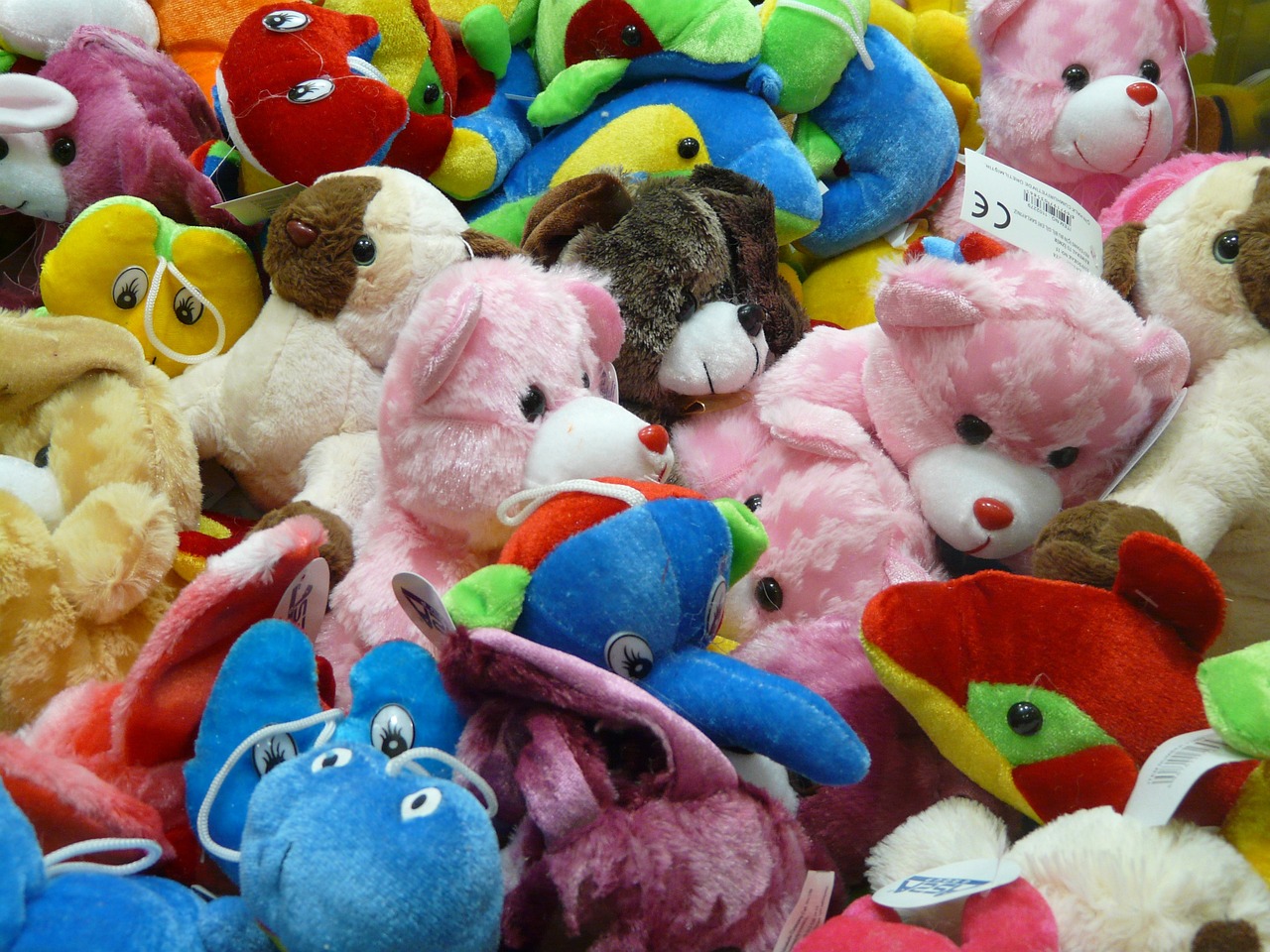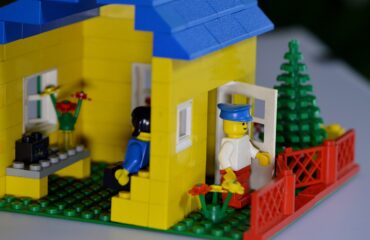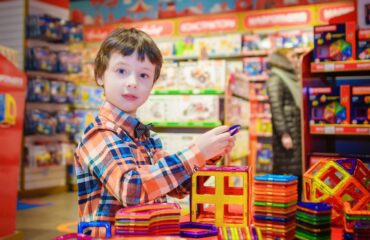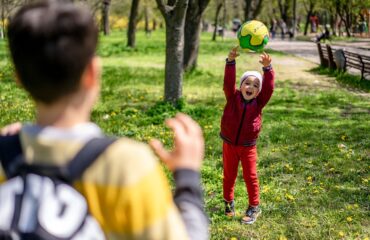Tips for Organizing and Storing Your Child’s Toy Collection
Managing the mountain of toys in your child’s room is no small feat. For parents, it’s a perpetual puzzle of organizing and maintaining a somewhat orderly environment amid the constant cycle of play, and the inevitable clutter that ensues. A systematic approach to toy management not only fosters a sense of responsibility in your child but also ensures that their collection remains engaging and well-preserved. In this definitive guide, we’ll explore the best strategies for decluttering, sorting, and storing your child’s beloved playthings with ease and efficacy. This is essential reading for any parent who’s ready to tackle the toy chaos and transform their living space into a sanctuary of play and productivity.
Finding the right techniques to keep your child’s toys organized is akin to discovering the right balance in life. For parents, toy organization represents a challenge of maintaining order within the domain of the young and the restless. But the payoff is substantial. A tidy toy collection not only saves time and reduces stress but also cultivates important life skills in children, such as categorization and cleanliness. This blog post aims to guide you through a process that is both realistic and rewarding, offering strategies that can easily be incorporated into your family’s routine.
Tips for Organizing and Storing Toys
1. Decluttering and Sorting
The first step in reclaiming your child’s play space is a ruthless assessment and weeding out of excess toys. Regular decluttering sessions teach children the value of cherishing what they have and not spiraling into a materialistic abyss. Create three piles: Keep, Donate, and Toss. Sort through each toy meticulously, considering its current use, level of interest, and condition. This foundation will set the stage for a more manageable collection and healthier play habits.
The Importance of Decluttering Regularly
Toys accumulate faster than children can outgrow them. Regular decluttering serves as a check against this unchecked growth, ensuring that only the most cherished and actively played-with toys remain.
Sorting Toys by Type or Category
Group toys by category using bins, baskets, or shelves. Not only does this make finding and cleaning up toys easier, but it also aids in fostering specific interests and keeping similar items together.
2. Utilizing Storage Solutions
Haphazardly piled toys not only look messy but they can also damage the toys themselves over time. Invest in sturdy, child-friendly storage solutions that can withstand years of play and roughhousing.
Choosing Appropriate Storage Bins, Shelves, or Organizers
Opt for storage that’s accessible to your child. Low bins, open shelves, and clear containers allow little ones to engage in cleanup independently. For smaller toys, compartmentalized boxes or drawer inserts are lifesavers.
Labeling Systems for Easy Access and Organization
Use labels with pictures for pre-readers, or color-coded systems for slightly older children. Kids will know where each toy belongs, making cleanup a breeze without needing parental oversight.
3. Rotating Toys
A clever strategy for managing a sizable toy collection is to rotate toys every few weeks. This keeps the playroom or your child’s designated play area looking fresh and exciting, much like a new store display captures attention.
Implementing a Rotation Schedule to Keep Toys Fresh and Interesting
Choose a set of toys to be visible and accessible while storing the rest. Every two weeks, swap them out so that old toys seem new again. This practice also helps in keeping the amount of toys in active use manageable.
Storing Unused Toys to Reduce Clutter
Designate a higher shelf or closet space for ‘out-of-rotation’ toys. This also offers an opportunity to revisit and potentially declutter during each rotation, ensuring the collection stays curated and manageable.
4. Designating Play Areas
Define areas for different types of toys to give each activity a sense of place and purpose. This is particularly effective in multi-use areas, as it provides clear boundaries for play and storage.
Creating Specific Play Zones for Different Types of Toys
Have a LEGO corner, a dollhouse section, and a puzzle table. This aids in not just organization but also in setting physical boundaries, which can sometimes be just as important in keeping a room orderly.
Incorporating Storage within Play Areas for Easy Cleanup
Don’t forget to have storage solutions conveniently placed within these zones. It should be instinctive for your child to know where a toy belongs after playtime is over, all while maintaining spatial order.
5. Involving Your Child
Promoting a sense of ownership is pivotal in maintaining order. Allow your child to take part in the organization process, and treat their toys with care and respect. This shared responsibility fosters a cooperative attitude towards tidying up.
Encouraging Children to Participate in Organizing Their Toys
Engage in regular cleanups together, praising their efforts and offering gentle guidance. This makes them feel in control and eager to maintain the system.
Teaching Them the Value of Organization and Responsibility
Explain the benefits of an organized space – from easily finding favorite toys to keeping smaller items from being misplaced or lost. Encourage them to be ‘toy stewards,’ responsible for their toys from play to storage.
In the realm of parenting, a well-organized toy collection is a silent partner, an unsung hero that aids in the pursuit of a harmonious, interactive childhood. By implementing the strategies outlined above, parents can transform the chore of toy management into a teachable moment, nurturing a culture of order and responsibility within the family. As you endeavor to streamline your child’s playthings, remember that organization is not merely about arranging toys, but shaping mindsets and habits that will endure far beyond the playroom.
